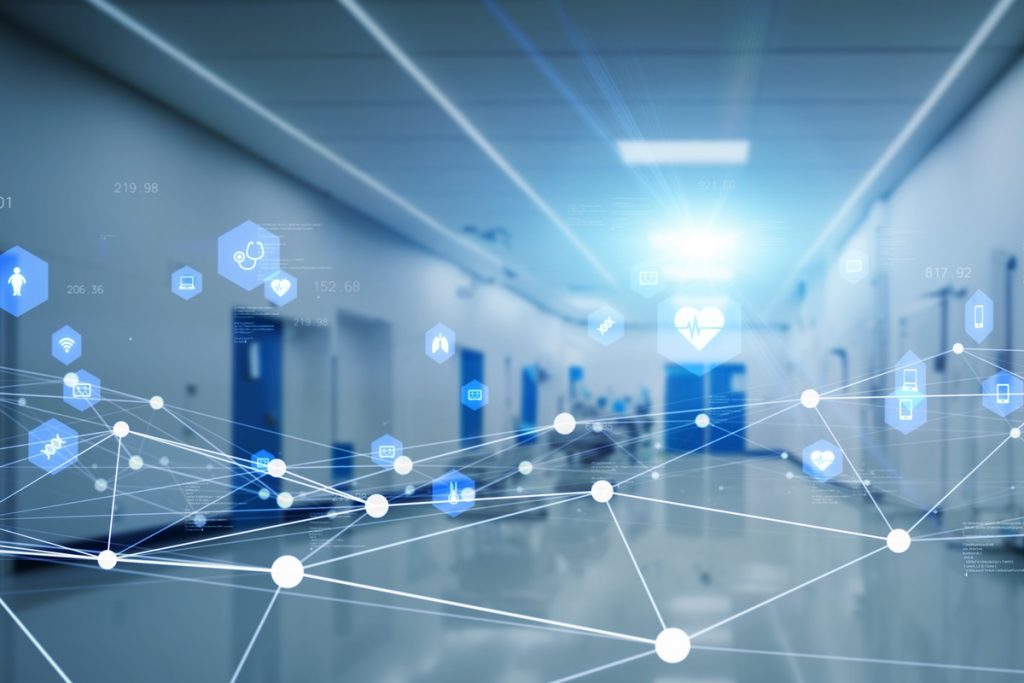As the UK’s healthcare sector looks to reduce ongoing backlogs and give patients more control over their data and how they receive care, we’re seeing higher levels of digitalisation across the industry, including an increase in the use of artificial intelligence (AI). In fact, SOTI’s latest research revealed that almost half of UK healthcare organisations are already using AI, with more considering incorporating it into patient care. But, with this innovation comes more applications and devices such as tablets and wearables, which aren’t being sufficiently managed and secured.
This increased complexity has made an already attractive cyber target even more alluring to threat actors, as they now have more entry points than ever before. With this in mind, there’s no surprise that the same SOTI study found almost three quarters of healthcare workers admitted to their organisation experiencing one or more data breaches since 2022.
We’ve seen this reflected in recent headlines, with the NHS declaring a critical incident earlier this year after it was hit with a huge ransomware attack. This was due to a breach on its partner Synnovis, which led to operations being cancelled and emergency patients having to be diverted elsewhere.
It’s clear that healthcare providers must switch up approaches to better monitor how data is being handled to minimise risk. But what is the current state of play and how can the sector get to the root of the problem? Let’s take a look.
Data Dilemma
Cybersecurity concerns are nothing new to the healthcare sector as it has long been a prime target for hackers, but according to SOTI, the concern is particularly high in 2024 with a third of healthcare professionals noting it their primary worry, up from 17% in 2023.
This growing awareness from employees could be explained by the sector’s desire to digitalise, with staff now needing to rely on more and more apps and devices than ever before.
The data that fuels these devices, from supporting with diagnosis to collating medical details, means the industry is collecting, storing and processing higher volumes of sensitive information than in previous years. All of this is appealing to cybercriminals as it can be sold on the dark web or even held to ransom, so it’s essential that data is protected and that the location and status of devices can be tracked.
The Legacy Battle
While there is a marked increase in digitalisation, healthcare workers are still losing over three hours per week to IT issues, according to SOTI’s study. A common cause being the continued use of legacy systems. Concerningly, almost two thirds (65%) of UK health workers believe their organisations are relying on outdated tools.
Legacy and outdated systems can come from layering complex technologies over many years, and any upgrades are often held back by lack of budget. While a complete overhaul may not be feasible, new technology integration into legacy and fragile infrastructures requires absolute confidence and accuracy with trusted partners to maintain security and compliance, and guarantee no downtime with immediate, real-time optimisation.
When apps and devices are a crucial part of providing lifesaving care to so many patients, downtime is something that the industry simply cannot afford. While it wasn’t an issue from legacy technology, the recent global IT outage was a stark reminder of the impact that any downtime can have on healthcare, as it left many hospitals without the tools needed to provide essential treatments.
It’s also key that organisations can remotely support devices to ensure they are working properly while on the go, and are updated with the latest patches to stay secure, yet one in five UK healthcare providers don’t currently have the capability as a result of legacy tech. Healthcare organisations need to manage their transition away from legacy tech in order to be innovative and to get ahead of potential issues. This can reduce the amount of time staff are spending trying to tackle the problem themselves and free them up to focus on patient care.
Getting it Right
Ongoing technological advancements in the healthcare sector are critical to effectively managing increased use of services and a fast and enhanced patient experience. But it’s essential that providers take a step back and evaluate all risks to ensure that defending sensitive data is central to every decision.
Whether it’s accidental or intentional, data leaks and downtime can have a devastating impact on the essential work that healthcare providers do every day. Our work with Newland EMEA, a provider of mobile computers and handheld scanners to the healthcare sector, strengthens patient care by securing the data scanned and collected on every device. A senior Newland executive recently commented on how doctors and specialists can now fully concentrate on patient care due to the highest possible levels of safety and compliance now being ensured by SOTI.
While it’s key that the healthcare sector doesn’t stunt growth or shy away from the use of AI or other innovations, it’s important that new projects are viewed through a security lens and that legacy technologies aren’t forgotten. At the end of the day, the best security approaches will look to increase visibility across the entire tech stack, use effective management solutions and support response teams while keeping patient care at the core.
By Stefan Spendrup, VP, Northern and Western Europe at SOTI

